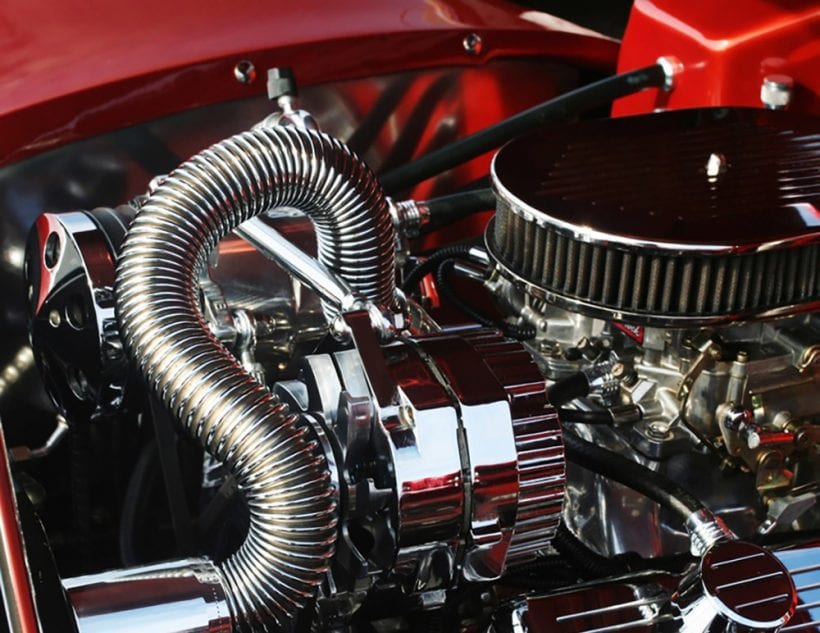Ultrasonic cleaners have been around for a while, and they have been extensively used in the automotive sector for years. But other sectors are slowly seeing the benefits of ultrasonic cleaning as well, and these include the jewelry sector, the medical sector, the restaurant and hospitality sector, and a lot more. If you have made a decision to invest in an ultrasonic cleaner, it will undoubtedly be one of your best decisions for your business. But there’s such a thing as choosing wisely as well. Here, then, is how you can best choose an ultrasonic cleaner for your needs.
Think of the size of the components being cleaned
First and foremost, you need to think of the size of the components being cleaned – especially when it comes to the largest part or component, as confirmed by ultrasonic cleaning specialists like www.sonicsolutionsltd.com. You should take a measurement of your biggest component and present it to the supplier or manufacturer so they can recommend or create the right tank for your cleaning requirements and applications.
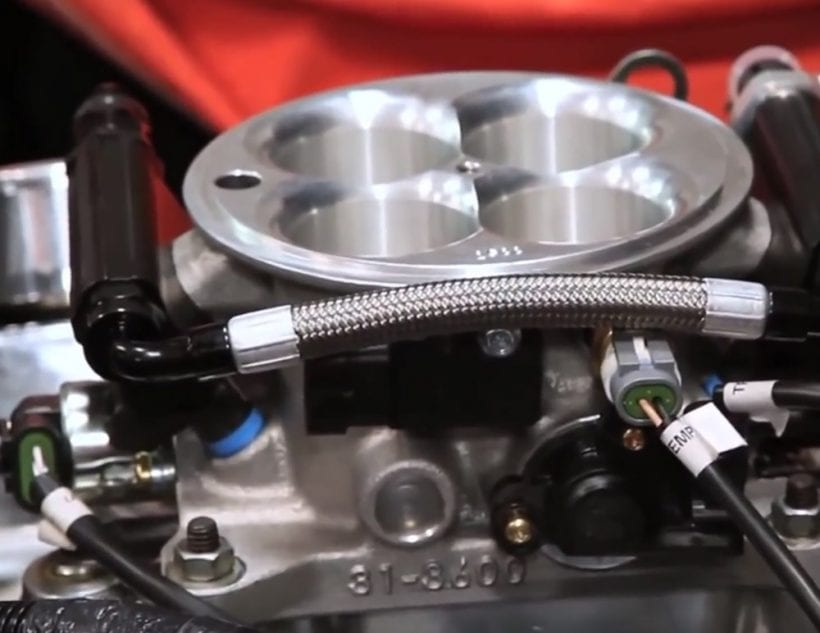
Think of your goals and objectives in ultrasonic cleaning
The results of the ultrasonic cleaning process are of essential importance, especially for those who are in rebuilding, manufacturing, restoration, and the medical sector. As you may already know, the ultrasonic cleaning process is the most complete and thorough cleaning process, and this has already been scientifically proven. But you also need to understand your cleaning goals and objectives, so you can maximize the use of the cleaner.
Make use of the proper racks and baskets
Here’s another critical aspect when considering an ultrasonic cleaner: the proper size of the racks and baskets. This is critical because the parts or components that are being cleaned are not supposed to touch the transducers in the tank. You should, therefore, make sure that you use the right baskets, selecting them specifically for your application. Any component that makes contact with the transducer pack may cause scratches or etches on the surface of the transducer pack over time. And even if transducer packs are often made from stainless steel, when they become etched or scratched, this can result in erosion, which will destroy the transducer pack’s integrity eventually. You cannot repair this kind of damage, which means that you would need to replace your transducer pack.
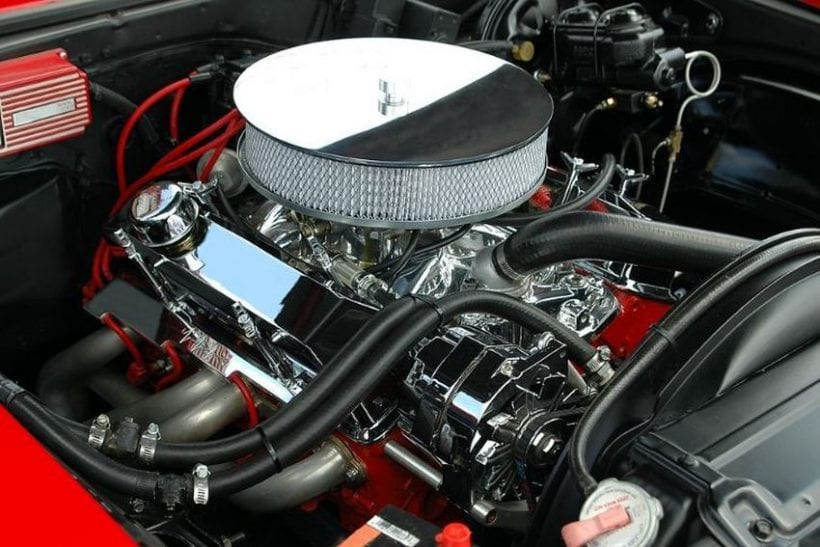
Think of the heater
You also need to think of heaters because an ultrasonic cleaner will create heat energy as it operates. This heat will then rise while the cleaning process is ongoing because of friction due to cavitation. You cannot avoid the temperature from rising, so you need a heater to bring the solution to its appropriate temperature. Heaters are also necessary when you are cleaning dirt and contaminants like grease and carbon oil, as the high temperature will break down the contaminants, so the cleaning process works more effectively.
Consider the wave sweep and adjustability of the generator
You can utilize the wave sweep in most, if not all, cleaning applications and situations. You can disperse different frequencies in various wavelengths with the wave sweep feature, and this can eliminate dead or inactive zones in the tank as well. With the wave sweep, you can also have a more effective and uniform cleaning of components, particularly those which are delicate and have minute details. An ultrasonic cleaner with a wave sweep will not require a de-gassing mode either, as the wave sweep will already accomplish the de-gassing automatically.
Determine your frequency requirements
The frequency of the ultrasonic cleaner is another important factor because it will determine the level of energy of the cavitation bubbles. As you may already know, these cavitation bubbles will generate the cleaning action required in the cleaning liquid or solution for your components or parts. A low frequency will result in more prominent and active (energetic) cavitation bubbles which result in a more powerful clean, whilst a high frequency will produce tinier cavitation bubbles with a lower energy level. A low frequency between 25KHz to 40KHz is ideal for the cleaning of harder surface areas or the removal of oils and grease from a surface area or inside a component, but this frequency can also produce or generate pitting, especially if the parts or components have softer surfaces. The best frequency will actually depend on the material of your parts or components, the dimensions of their surface, and the contaminant’s nature.
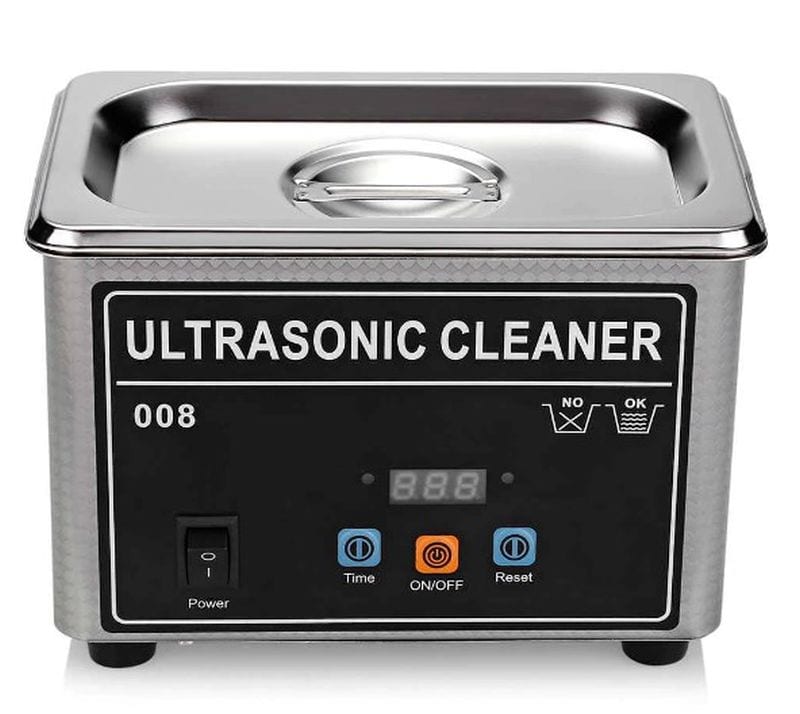
Along with this is the power of the actual ultrasonic cleaner. Your chosen ultrasonic cleaner or cleaning system should be able to generate or produce more than enough waves so it can fill the tank for cleaning. If the power of the ultrasonic cleaner isn’t high enough, this can result in dead spots or zones, and the parts may then be unevenly cleaned. A turnkey system will automatically have the proper level of power for an ultrasonic cleaner, but if you purchase the transducer, cleaning tank, and generator separately, you have to make sure that their combined power is more than adequate for the tank’s size as well so you can have a truly effective clean.
If you decide on a large tank, you may need a few transducers. A good supplier of ultrasonic cleaners should be able to analyze and assess your precise requirements and advise you on the best and most ideal power levels. Also, both the configuration of several transducers and the rating of ultrasonic power can have an effect on the cleaning performance of the ultrasonic cleaning system, particularly if you add ultrasonic cleaners to an existing tank.
The use of detergents and soaps
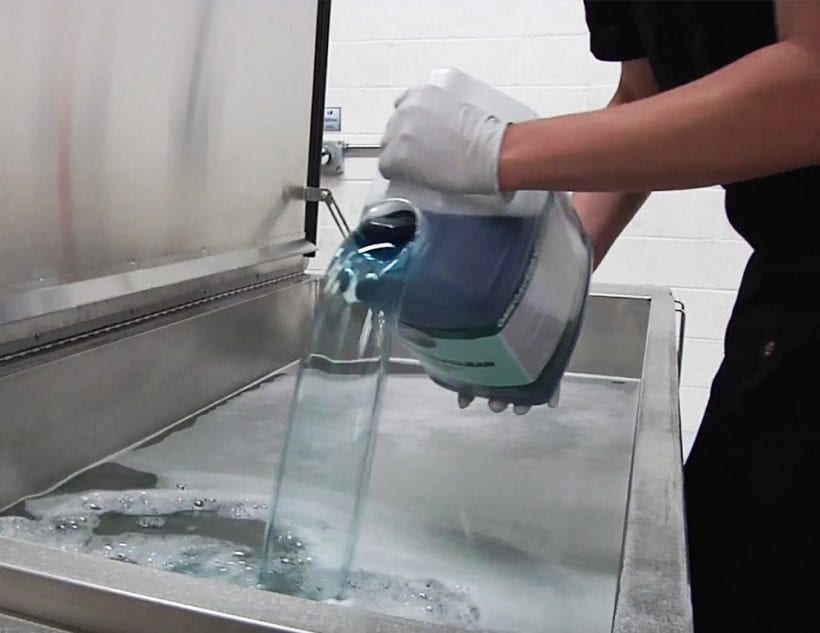
You also have to be particular about your use of detergents and soaps for ultrasonic cleaning. An industrial ultrasonic cleaner should be able to handle and deal with light and gentle cleaning with the use of deionized water, although if you require a heavier cleaning application, you could benefit from using detergents, mild solvents, or soap. If you have a specific contaminant that is proving difficult to clean, you can also make use of a solvent that is specifically designed for the contaminant to speed up the process of cleaning and enhance the performance of the system. Bear in mind, though, that with ultrasonic cleaning, only solvents, soaps, and detergents can be used, and the use of harsh chemicals is avoided.

